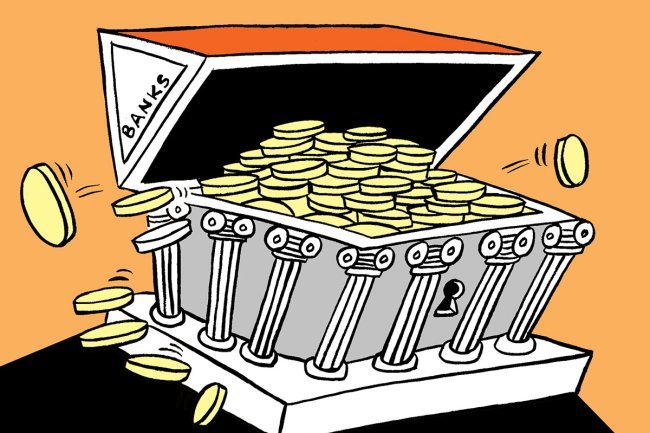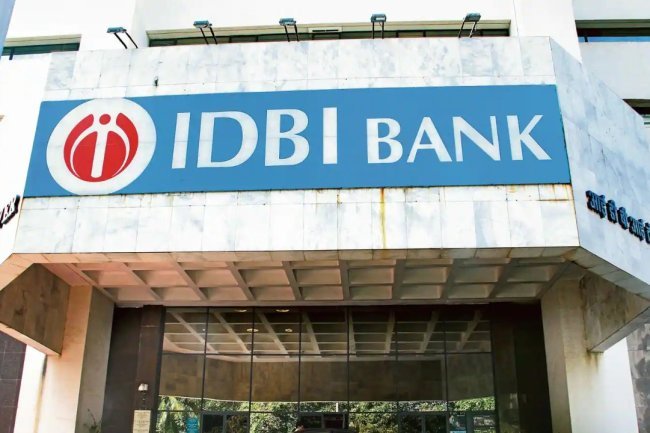Rising Credit Card Defaults Signal Borrower Distress

Rising Credit Card Defaults Signal Borrower Distress
Credit card defaults have been steadily increasing, reflecting growing financial stress among borrowers, according to recent data. The rate of defaulters reached 1.8% as of June, up from 1.7% six months ago and 1.6% in March 2023, based on TransUnion CIBIL statistics. Although the percentage rise appears modest, the amount of outstanding credit card dues has surged significantly, reaching nearly Rs 2.7 lakh crore, compared to Rs 2.6 lakh crore in March 2023 and just over Rs 2 lakh crore a year earlier.
Before the COVID-19 pandemic, in March 2019, total credit card outstanding stood at Rs 87,686 crore, marking a compound annual growth rate (CAGR) of 24% over five years. A report noted that the growing debt is placing considerable strain on the unsecured lending segment, including both credit cards and personal loans.
A concerning trend highlighted by analysts is that young millennials are increasingly using their entire credit limits and defaulting without revolving the loan. Credit card losses, or net credit losses (NCLs), are reportedly running at around 5-6%, with SBI Cards reporting a higher rate of 7.5% in the last quarter. The issue is exacerbated in cases where cards are sourced through open market channels rather than directly by banks.
The financial challenges for borrowers often begin when large purchases are made on credit, with the intention to repay in installments. However, high interest rates—up to 48% annually—on outstanding balances often lead to borrowers making only minimum payments. This can push individuals into loan stacking, where they take on multiple small personal loans to cover their credit card dues.
Experts caution that credit scores are not always a reliable safeguard, as borrowers maintain a good score as long as they meet minimum payment requirements, even if they are on the brink of default.
Furthermore, strategies used by credit card companies to promote big-ticket purchases on EMI plans, often at lower rates than revolving credit, are contributing to the rise in debt. These tactics are similar to those employed in the U.S. market. Delinquencies have been most prevalent among customers who obtained their credit cards through third-party agents, incentivized to push the product.
Despite the growing stress on unsecured lending, the Reserve Bank of India (RBI) has taken proactive steps to mitigate risks. Following regulatory measures introduced in November 2023, growth in unsecured credit, including personal and education loans, has slowed from a peak of 25% to around 15%. Experts believe the regulator will view this as a positive outcome.
Click Here to Visit
What's Your Reaction?
















